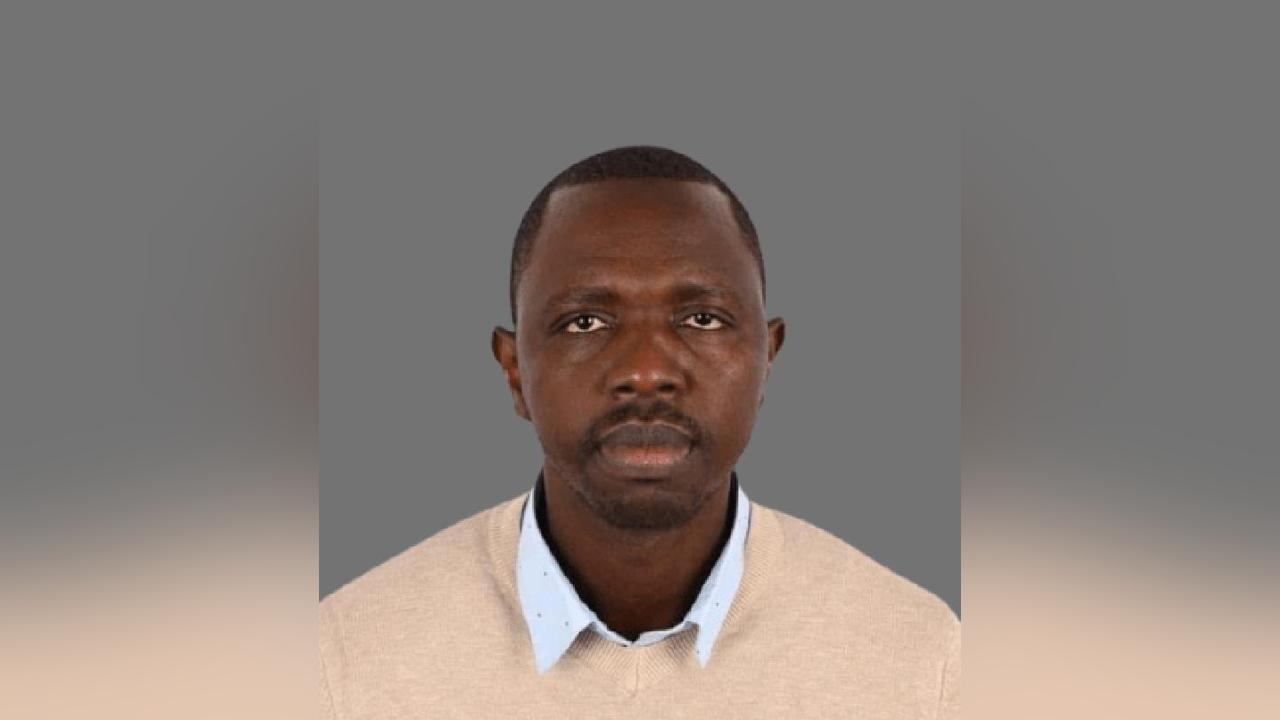By Dr Alieu SK Manjang
Africa-Press – Gambia. The Ministry of Basic and Secondary Education (MoBSE) released the 2025 WASSCE results last week, sparking mixed reactions. While the numbers confirm a worrying decline in performance, the official narrative failed to highlight crucial disparities, between rural and urban areas, public and private schools, necessary for assessing how far the government has progressed toward equitable access to quality education.
At first glance, the results confirm a larger candidate pool: 20,247 students from 156 schools sat the exams, compared to 18,000 from 148 schools in 2024. Yet, the discourse continues to present WASSCE merely as a measure of student ability, neglecting systemic factors such as funding, curriculum relevance, pedagogy, school management, and resource allocation, all of which directly affect learning outcomes. This raises the fundamental question: is exam intended to measure teaching effectiveness, or simply students’ ability to recall information? By framing the results as individual performance , MoBSE continues a tradition of highlighting students in the presentation of exams results while ignoring deeper structural issues.
The numbers themselves are alarming. Only 961 students (5.11%) obtained credits in five subjects including English and Mathematics, the benchmark for university entry, compared to 1,389 students (7.70%) in 2024. Credit passes in English stands at 19.8%, while Mathematics dropped to 7.3% from 23.8% in 2024. Even more concerning, cases of exam malpractice surged from 28 in 2024 to 631 in 2025. This figures from WASSCE 2025 results suggest that increased access to schooling is not translating into effective learning, despite the considerable public and private resources invested in education.
Another important dimension is gender. Girls continue to outnumber boys both in enrollment and performance. In 2025, male candidates totaled 7605 (37%), while females numbered 12,643 (62.44%). This raises questions: is the gender gap consistent across different education levels? Does it reflect demographic realities or male dropout trends? If dropouts are driving this, what factors, such as backway or illegal migration to Europe, are responsible? These are urgent questions for policymakers.
MoBSE also continues to define success narrowly as “scoring credits five subject including English and Mathematics.” While useful for benchmarking, this standard risks discouraging students who can achieve high grades in other subjects. Moreover, celebrating C-level passes (C4–C6, 54–60%) as sufficient for university entry lowers expectations and sets students up for struggles at higher levels. A rethinking of grading expectations and what constitutes “quality performance” is overdue.
A striking omission in the ministry’s report is the lack of disaggregated data. Results were not broken down by rural versus urban schools, or public versus private institutions. This omission deprives the public of critical insights into the achievement gap. Such data would reveal whether students in rural and semi-urban schools, often starved of resources, perform worse not because of innate ability, but because of systemic deprivation. These inequalities limits opportunities for students to have access to university education and the ability to choose their prefer academic programs once they have met the university requirements. These inequalities are responsible for the migration of students to urban areas in search of better schooling, indirectly contributing to the decline of agricultural productivity in rural areas.
Similarly, a breakdown of results by school type would shed light on accusations that policymaker and senior government officials, while praising public schools, send their own children to private institutions. If, as many believe, private schools consistently outperform public ones, then MoBSE’s silence only reinforces perceptions of inequality and neglect. Without such transparency, genuine accountability is impossible.
Overall, the 2025 WASSCE results confirm the continuing deterioration of education in The Gambia. Reform is urgently needed, but piecemeal fixes will not suffice. What is required is a systemic approach that addresses the full range of factors shaping student outcomes, which include, but not limited tk government funding and policy priorities, teacher training, support, and motivation, curriculum relevance to societal and individual needs, language of instruction and pedagogy, school management and accountability, and equitable resource distribution across rural and urban areas.
Equally important is expanding the vision of education beyond narrow exam success. Schools should nurture not only intellectual capacity but also physical, moral, social, and civic development. Students must be equipped with critical thinking, problem-solving, creativity, and collaboration skills that prepare them for life, not just for passing standardized exams.
The 2025 results should serve as a wake-up call. If the current trajectory continues, The Gambia risks producing generations of underprepared youths, graduates in name, but not in skills or knowledge. Only a bold and comprehensive reform agenda can reverse this decline and ensure that education becomes the driver of national development it is meant to be.
Source: The Standard Newspaper | Gambia
For More News And Analysis About Gambia Follow Africa-Press






